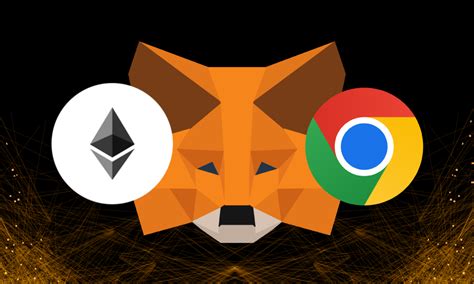Metamask: FIXED How to use Metamask with Brownie and Flask
Metamask Made Simple: A Step-by-Step Guide to Using Metamask with Brownie and Flask
As a developer building decentralized applications (dApps) on blockchain networks, understanding how to interact with them requires a solid understanding of a number of tools. A key tool for managing smart contracts is Metamask, which enables seamless interaction between your front-end application and the underlying blockchain network. In this article, we’ll walk you through the process of setting up Metamask with Brownie and Flask.
What is Metamask?
Metamask is an easy-to-use, open-source tool that allows developers to manage access to the Ethereum blockchain from any application or browser. It provides a secure way to store and manage private keys, allowing you to interact with smart contracts without exposing them directly to the public network.
Setting Up Brownie and Metamask
Let’s first set up our Brownie application:
- Install Brownie: Open a terminal and install Brownie using npm by running the following command:
npm install -g brownie
- Create a new Brownie project

: Run the following command to create a new directory for your project and navigate to it:
brownie init
- Install Metamask: Run the following command to install Metamask using npm by running the following command in the terminal:
npm install -g metamask
Setting Up Metamask
Now let’s configure our Metamask instance:
- Starting MetaMask: Open a web browser and navigate to [metamask.io]( to launch your personal MetaMask wallet.
- Create a new account (optional): If you want to manage multiple wallets, create an additional account on the website.
Create a frontend with Brownie
To create a frontend application using Brownie and Metamask, follow these steps:
- Install dependencies: In the project root directory, run the following command to install the required dependencies:
npm install express flask web3
- Create an Express server: Create a new “app.js” file in the root of your project and add the following code:
const express = request('express');
const app = express();
const Web3 = request('web3');
// Initialize the Metamask instance with your private key
const web3 = new Web3(new Web3.providers.HttpProvider('
app.use(express.static(__dirname));
let contractAddress;
if (process.env.BROWNIE_CONTRACT_ADDRESS) {
contractAddress = process.env.BROWNIE_CONTRACT_ADDRESS;
}
// The main application path
app.get('/', (req, res) => {
res.send('Hello world!');
});
const port = 3000;
app.listen(port, () => {
console.log(Server running at
});
This code starts a basic Express server that listens for requests to the root URL. When a request comes in for the root URL, it checks to see if the BROWNIE_CONTRACT_ADDRESSenvironment variable is set and uses that as the contract address.
Starting a Transaction
To initiate a transaction with Metamask, use the following code:
const txHash = await web3.eth.sendTransaction({
from: '0xYOUR_METAMASK_ADDRESS',
to: '0xCONTRACT_ADDRESS',
value: '0.01 ether',
gas: "20000",
gasprice: '20 gwei'
});
This code sends a transaction with the following properties:
- from
: The sender's Ethereum address.
- to
: The recipient's Ethereum address.
- value
: The amount to transfer in Ether.
- "gas": The gas limit for the transaction.
- "gasPrice": The gas price for the transaction.
Sign the transaction with Metamask
To have Metamask sign the transaction, use the following code:
`` javascript
const tx = await web3.eth.sendSignedTransaction({
from: '0xYOUR_METAMASK_ADDRESS',
to: '0xCONTRACT_ADDRESS',
value: '0.


